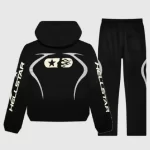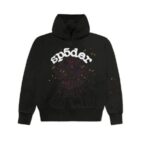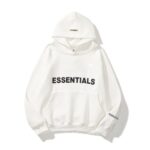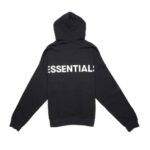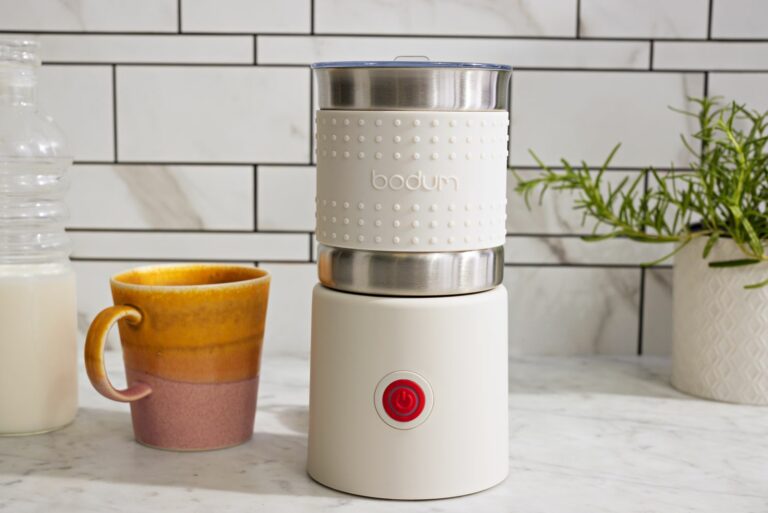When it comes to making a lasting first impression, the exterior of your home plays a crucial role. Enhancing your home’s curb appeal not only increases its value but also gives you a sense of pride and satisfaction. One effective way to achieve this is by incorporating stylish wall cladding options. Wall cladding not only adds aesthetic value but also provides additional protection against the elements. Let’s explore the various stylish wall cladding options that can transform the look of your home.
1. Natural Stone Cladding
Natural stone cladding is a timeless and elegant option that exudes luxury and sophistication. It comes in various types such as granite, slate, limestone, and sandstone, each offering unique textures and colors. Natural stone cladding can be used to create a stunning feature wall or to cover the entire exterior of your home. Its durability and resistance to weathering make it a practical choice, ensuring that your home looks beautiful for years to come.
Pros:
- Highly durable and long-lasting.
- Adds significant value to your property.
- Available in a variety of textures and colors.
Cons:
- Can be expensive.
- Requires professional installation due to its weight.
2. Brick Cladding
Brick cladding offers a classic and timeless appeal. It provides a warm and inviting look that can complement various architectural styles, from traditional to contemporary. Brick cladding is also known for its durability and low maintenance requirements. It comes in different colors and finishes, allowing you to customize the look according to your preferences.
Pros:
- Extremely durable and weather-resistant.
- Low maintenance.
- Versatile design options.
Cons:
- Installation can be labor-intensive.
- Higher upfront cost compared to some other materials.
3. Wood Cladding
Wood cladding brings a natural and organic feel to your home’s exterior. It is available in various species, including cedar, redwood, and pine, each offering distinct grains and colors. Wood cladding can be installed horizontally, vertically, or in a shiplap style, providing a wide range of design possibilities. It is important to choose high-quality, treated wood to ensure longevity and resistance to pests and weather.
Pros:
- Warm and natural appearance.
- Versatile design options.
- Can be painted or stained to match your aesthetic.
Cons:
- Requires regular maintenance to prevent rot and decay.
- Can be susceptible to pests and weather damage if not properly treated.
4. Vinyl Cladding
Vinyl cladding is a popular choice due to its affordability and low maintenance requirements. It is available in a wide range of colors and styles, including those that mimic the look of wood or stone. Vinyl cladding is lightweight and easy to install, making it a cost-effective option for enhancing your home’s curb appeal.
Pros:
- Affordable and cost-effective.
- Low maintenance.
- Resistant to pests and rot.
Cons:
- Can fade over time with prolonged exposure to sunlight.
- Not as durable as some other materials.
5. Fiber Cement Cladding
Fiber cement cladding is a versatile and durable option that combines the best qualities of cement and wood fibers. It is available in various textures and finishes, including smooth, wood grain, and stucco. Fiber cement cladding is resistant to fire, pests, and weather, making it a long-lasting choice for your home’s exterior.
Pros:
- Highly durable and weather-resistant.
- Fire-resistant.
- Low maintenance.
Cons:
- Heavier than some other materials, requiring professional installation.
- Higher initial cost.
6. Metal Cladding
Metal cladding, such as aluminum or steel, offers a sleek and modern aesthetic. It is highly durable and resistant to extreme weather conditions, making it an excellent choice for homes in harsh climates. Metal cladding is available in various finishes, including smooth, corrugated, and textured, providing a contemporary look that stands out.
Pros:
- Extremely durable and weather-resistant.
- Low maintenance.
- Modern and stylish appearance.
Cons:
- Can be prone to dents and scratches.
- May require additional insulation to prevent heat loss.
7. Composite Cladding
Composite cladding is made from a combination of materials, such as wood fibers, plastic, and binding agents, resulting in a highly durable and low-maintenance product. It is available in various colors and finishes, including those that mimic the look of natural wood. Composite cladding is resistant to rot, pests, and weather, making it a practical and stylish choice for your home’s exterior.
Pros:
- Highly durable and low maintenance.
- Resistant to pests and rot.
- Eco-friendly options available.
Cons:
- Can be more expensive than some other materials.
- Limited color and texture options compared to natural materials.
Conclusion
Choosing the right wall cladding can significantly enhance your home’s curb appeal, providing both aesthetic and functional benefits. Whether you prefer the timeless elegance of natural stone, the classic charm of brick, the warm appeal of wood, or the modern look of metal, there is a cladding option to suit every style and budget. When selecting a cladding material, consider factors such as durability, maintenance, and climate to ensure that your home remains beautiful and protected for years to come. With the right cladding, you can transform your home’s exterior and create a welcoming and stylish facade that you’ll be proud to show off.



